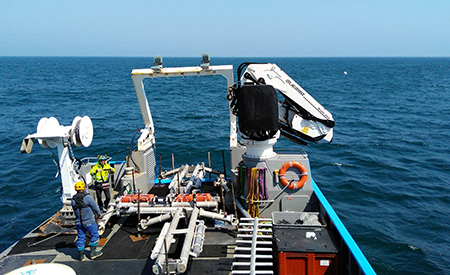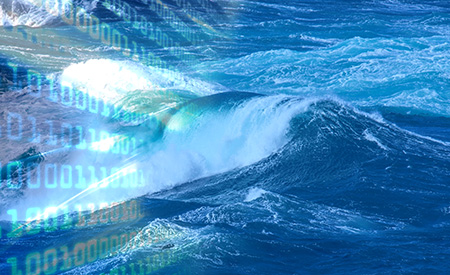/Documents/Report
Type of resources
Available actions
Topics
Keywords
Contact for the resource
Provided by
Formats
status
-

-- Warning, deliverable only available in French -- Delivrable D02.05 of the FEM PHYSIC 2015 project WP 2: Definition of the data acquisition strategy Task 2: Choice of measuring instruments
-

-- Warning, deliverable only available in French -- Deliverable D02.03 of the FEM PHYSIC 2015 project Lot 2: Definition of the data acquisition strategy Task 1: Synthesis of knowledge
-

-- Warning, deliverable only available in French -- Delivrable D02.05 of the FEM PHYSIC 2015 project WP 2: Definition of the data acquisition strategy Task 2: Choice of measuring instruments
-

-- Warning, deliverable only available in French -- Delivrable D02.05 of the FEM PHYSIC 2015 project WP 2: Definition of the data acquisition strategy Task 2: Choice of measuring instruments
-

-- Warning, deliverable only available in French -- Delivrable D02.05 of the FEM PHYSIC 2015 project WP 2: Definition of the data acquisition strategy Task 2: Choice of measuring instruments
-

The present document gathers the results from the analysis of the business plan basics presented in the proposal and further describes the value-added professional services and products.
-
The use of an ecological niche model has made it possible to characterize on the one hand the effects of climate change on the native species of the Gulf of Lio, such as displacements of favorable habitats or the reduction of the surface of the habitat. favor of native species. On the other hand, the potential displacement of the favorable habitat of some subtropical species in the Gulf of Lion could be expected. They would then become non-indigenous species (NIS)
-

The aim of this document is to present the activity carried out by the four industrial partners who validated the DTOcean+ suite against five wave energy validation scenarios.
-

Deliverable D4.2 “Stage Gate Tools – alpha version” of the DTOceanPlus project includes the details of the Stage Gate Design Tool, and it represents the result of the work developed during task T4.2 of the project. This tool is an application of a stage gate process which is used in research and industry to provide structure to the technology development process. This approach supports the R&D pathway towards producing reliable and cost-effective ocean energy sub-systems, devices and arrays.
-

With the DTOcean software at an important stage in its development, the first of two training workshops foreseen by the project was organised on 5 May 2015, in Glasgow, alongside the All-Energy conference. The workshop was organised with the following goals in mind: validate decisions taken to date with industry stakeholders; generate feedback which will further align the tool with industry needs; and promote the DTOcean tool and enhance its eventual uptake as a result
 Catalogue PIGMA
Catalogue PIGMA